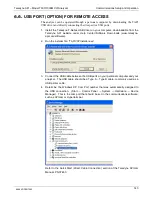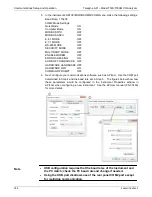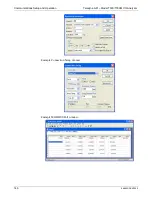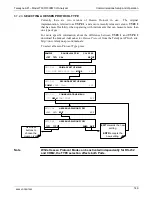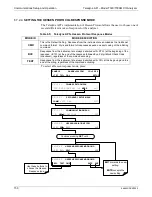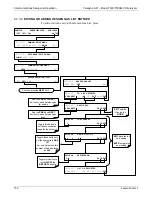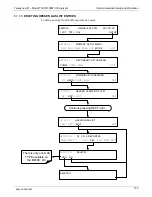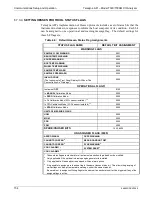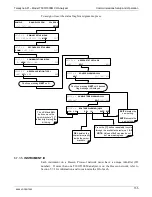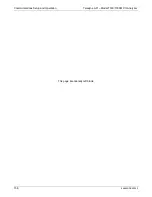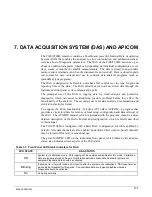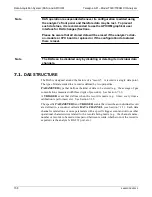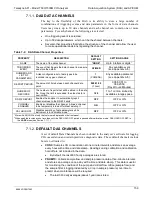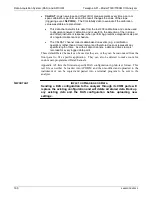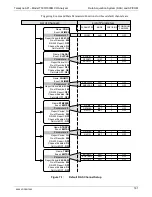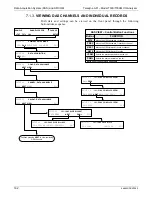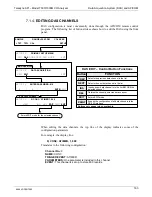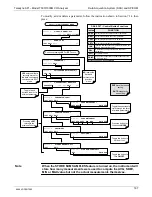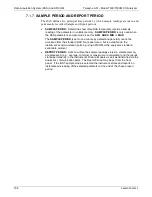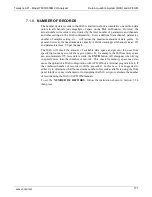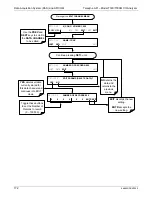
157
7. DATA ACQUISITION SYSTEM (DAS) AND APICOM
The T300/T300M Analyzer contains a flexible and powerful, Internal Data Acquisition
System (DAS) that enables the analyzer to store concentration and calibration data as
well as a host of diagnostic parameters. The DAS of the T300/T300M can store up to
about one million data points, which can, depending on individual configurations, cover
days, weeks or months of valuable measurements. The data is stored in non-volatile
memory and is retained even when the instrument is powered off. Data is stored in plain
text format for easy retrieval and use in common data analysis programs (such as
spreadsheet-type programs).
The DAS is designed to be flexible, users have full control over the type, length and
reporting time of the data. The DAS permits users to access stored data through the
instrument’s front panel or its communication ports.
The principal use of the DAS is logging data for trend analysis and predictive
diagnostics, which can assist in identifying possible problems before they affect the
functionality of the analyzer. The secondary use is for data analysis, documentation and
archival in electronic format.
To support the DAS functionality, Teledyne API offers APICOM, a program that
provides a visual interface for remote or local setup, configuration and data retrieval of
the DAS. The APICOM manual, which is included with the program, contains a more
detailed description of the DAS structure and configuration, which is briefly described
in this manual.
The T300/T300M is configured with a basic DAS configuration, which is enabled by
default. New data channels are also enabled by default at their creation, but all channels
may be turned off for later or occasional use.
The green SAMPLE LED on the instrument front panel, which indicates the analyzer
status, also indicates certain aspects of the DAS status:
Table 7-1: Front Panel LED Status Indicators for DAS
LED STATE
DAS STATUS
Off
System is in calibration mode. Data logging can be enabled or disabled for this mode. Calibration
data are typically stored at the end of calibration periods, concentration data are typically not
sampled, diagnostic data should be collected.
Blinking
Instrument is in hold-off mode, a short period after the system exits calibrations. DAS channels can
be enabled or disabled for this period. Concentration data are typically disabled whereas
diagnostic should be collected.
On
Sampling normally.
06864D DCN7562
Summary of Contents for T300
Page 2: ......
Page 182: ...06864D DCN7562 ...
Page 227: ...225 This page intentionally left blank 06864D DCN7562 ...
Page 228: ...06864D DCN7562 ...

